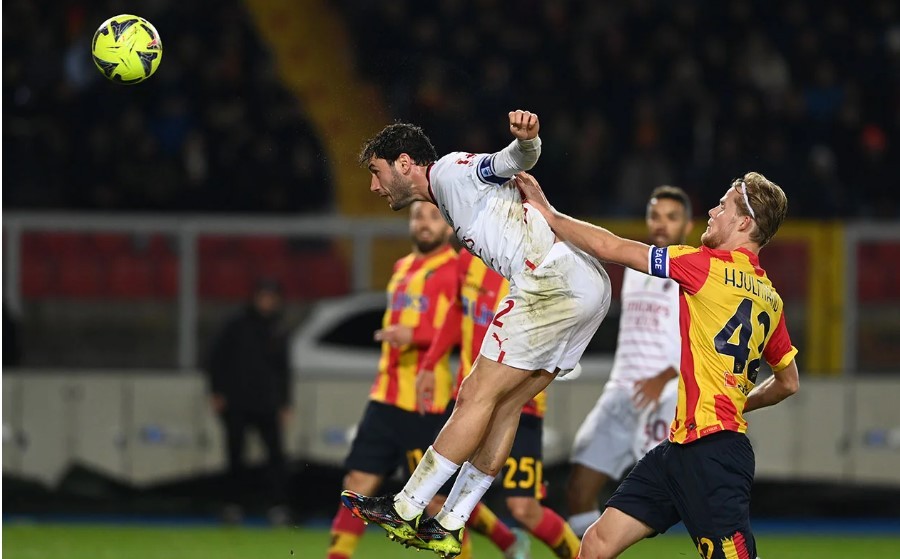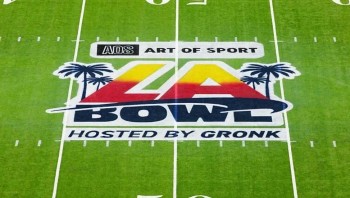Who Was Leif Erikson - the First European To Land In North America
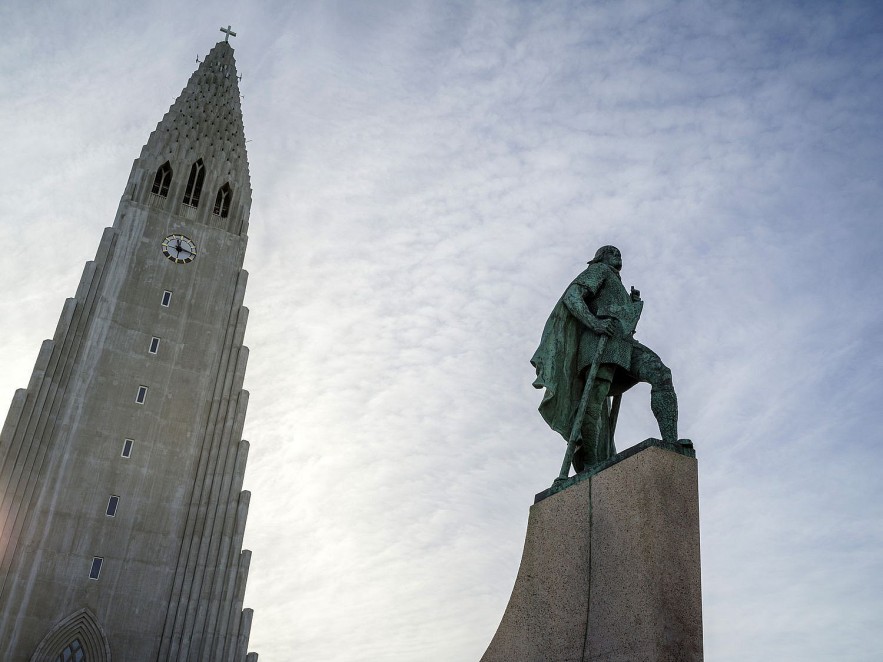 |
| Who Was The First European To Land In North America? Photo Getty |
| Contents |
Christopher Columbus is credited with "discovering" North America in 1492. Of course, he didn't, though.
Before him, for maybe 20,000 years, indigenous peoples had been crossing what was then a land bridge from Asia. Furthermore, it has come to our attention that he was not the first European to learn about the continent.
This article will give you insights into the first European to land in North America.
Who was the first European to land in North America?
It is thought that Leif Erikson, whose name is sometimes spelled Eriksson, was the first European to find and explore the continent of North America. Erikson was a Norse explorer who traveled as far as Vinland, on the coast of what is now Newfoundland, and possibly even farther into the interior of North America.
Who was Leif Erikson?
Probably in Iceland, Leif Erikson, whose patronymic is Erikson, was born in 970 c.e. Erik the Red, the well-known explorer, was his father. His mother was Thjodhild, who was presumably the daughter of a Jorund Atlason, who may have originated in Ireland. Leif had Freydis as a sister and Thorsteinn and Thorvaldr as two brothers.
Little Leif was raised by a family that valued travel and the Viking way of life. His paternal grandfather, Thorvald Asvaldsson, was exiled from Norway for killing a man, and he fled to Iceland. Sometime around Leif's twelveth birthday, Erikson's father was taken into custody and accused of murder in Iceland. They had gone as far west as they could have gone at that point, so Erik the Red decided it was time to get into the water and sail. There was a rumor that land had been sighted far to the west, so Erik set out in search of the region he would later name Greenland with his ships. It is said that he gave it that name because he thought it sounded good and would encourage farmers and other settlers to move there.
Erik the Red, like most explorers, traveled to Greenland with his family in tow. As a result, he and his mother, siblings, and several hundred wealthy farmers established themselves as pioneers in the region.
READ MORE: Is Turkey In Europe Or Asia?
AMERICANS HAVE AN ODD WAY OF PRONOUNCING HIS NAMEThe name Leif is typically pronounced "Layf" in Iceland and Scandinavia, where it rhymes with the word "safe" in English (or, depending on the area, "life"). But in America, the term "Leef" is frequently used instead. If you watched Nicktoons as a child, you may recall Spongebob Squarepants gushing about "Leef" Erikson Day in an episode from season two. Leif's name is likewise spelled inconsistently. The name "Leif Erikson" is spelled Leifr Eiríksson in Old Norse. But it's spelled Leiv Eiriksson in Nynorsk, a younger Norwegian writing system. And that's only the very beginning. Some writers prefer using different spellings, such as Erikson, Eriksson, and Ericson, which further complicates matters. Leif Erikson is the most commonly used version in the United States, so we'll just use that. |
| Bitter conflicts between the Norsemen and the local Native American population caused all subsequent attempts to settle in the area to fail after Leif Erikson returned to Greenland and his brother Thorvald led another Viking expedition to Vinland. In a combat incident that occurred north of the Viking base, Thorvald himself perished. |
What did Leif Erikson explore?
 |
| Photo museum fact |
Erikson joined Olaf Tryggvason, the King of Norway, as a sworn hirdman, or companion, at some point in his late 20s or early 30s. But according to the Norse sagas, Erikson was blown off course on his way from Greenland to Norway and ended up in the Hebrides islands, which are located just off the coast of Scotland. He stayed there for a season before coming back to Norway to serve in King Olaf's entourage.
Olaf Tryggvason played a key role in bringing Christianity to the Norse people. He is credited with building Norway's first church and frequently using threats of violence to force people to convert. Tryggvason urged Erikson to become a Christian and gave him the mission of converting the rest of Greenland to the new faith.
The Saga of Erik the Red, the only authentic account of Erikson's travels, claims that Erikson might have once more been blown off course in a storm while en route from Norway to Greenland. This time he was in a strange land to the west that no one had ever explored but which a merchant named Bjarni Herjólfsson had once claimed existed. According to other versions of the story, like The Saga of the Greenlanders, Erikson purposefully set out to locate this new land, which was located about 2,200 miles away, after learning from Bjarni Herjólfsson about an uninhabited location he had seen while at sea but had never set foot on.
According to Erik the Red's Saga, Erikson was thrown around at sea for a considerable amount of time before landing on lands he had no prior expectations for. There were full-grown vines and fields of wild wheat. Additionally, there were trees known as maples, which collected various tokens, some of whose enormous trunks were used to build houses.
Following his discovery of an abundance of wild grapes, Erikson named this new location Vinland and established a settlement with his men that they later dubbed Leifsbudir. Having spent the winter there, he returned to Greenland with a ship loaded with bounty, and on his way back, he brought a fleet of several hundred settlers to Vinland. As the population grew over the ensuing years, more settlements were constructed. The Norse settlement at L'Anse aux Meadows, found in Newfoundland in the early 1960s, is thought to be Leifsbudir, according to archaeologists.
READ MORE: Top 10 Least Popular Places in Europe That You Don't Want to Visit
Leif Erikson set up a colony in coastal North AmericaOne of the first Europeans to settle in Vinland was Leif. Today, coastal North America is Vinland. Because there were many vines and grapes on the land, he gave it the name Vinland, or Wineland. A merchant told him about Vinland. The stories of Vinland were first told to Leif by a merchant named Bjarni Herjólfsson, who also happened to stumble upon it after being blown off course. However, Bjarni never touched down there. Leif had purchased the same vessel that Bjarni had used for exploration when he set out to find it. |
LEIF’S DAD WAS GREENLAND’S ORIGINAL COLONIZERErik Thorvaldson, aka Erik the Red, was raised in a difficult environment and had red hair. Born in Norway, the family was exiled to Iceland after Erik's father was found guilty of manslaughter there. There, he married a wealthy woman and had four children, one of whom he named Leif. Regretfully, Erik was temporarily banished after murdering a neighbor during a skirmish. Erik headed west instead of returning to Norway, settling in a vast, uninhabited area that a previous explorer had discovered a few years earlier. After being freed from exile in 985 CE, Erik made the decision to try founding a new settlement on the island he had discovered. Thank goodness he was a PR whiz. He gave the area a catchy moniker, Greenland, in an attempt to lure people to relocate there. The plan of action was successful. |
Erikson’s Later Life in Greenland and Legacy
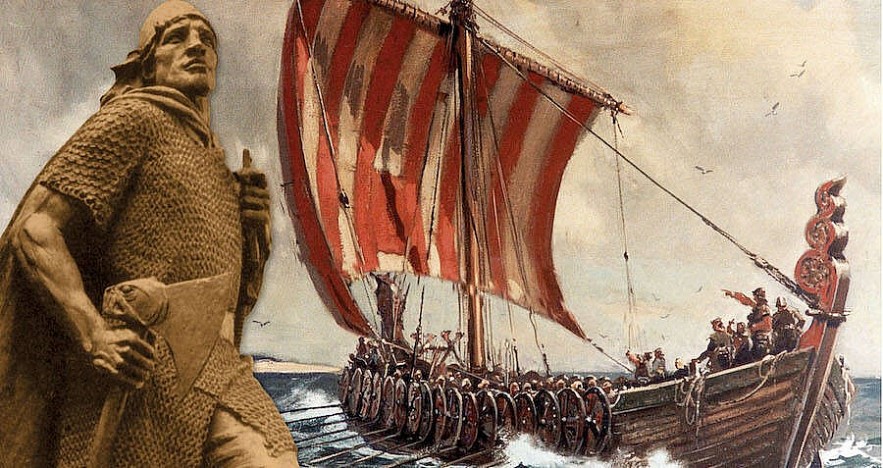 |
| Photo history extra |
Erikson left Vinland and went back to Greenland; he would never set foot on American soil again. Leif was successful in converting his mother Thjodhild, who ordered the construction of Greenland's first Christian church at Brattahild, despite his father's resistance to the faith.
Leif Erikson succeeded Erik the Red as leader of the Greenland settlement. Although Leif never married, his mother sent her son Thorgils to live in Greenland, where he was reportedly unpopular. Following his father's passing in 1025, Thorkel Leifsson, another (possibly legitimate) son, rose to the position of chief. About Leif's heirs, nothing more is known.
Many Nordic Americans honored Leif Erikson as the first European explorer of the New World starting in the late 19th century. President Calvin Coolidge declared to a crowd in Minnesota in 1925 to commemorate the 100th anniversary of the entry of the first official group of Norwegian immigrants into the country, that Erikson had been the first European to discover America. Additionally, a public resolution approving President Lyndon B. Johnson's proclamation of October 9 as "Leif Erikson Day" was approved by Congress in September 1964.
AMERICAN PRESIDENTS NOW MAKE YEARLY LEIF ERIKSON DAY PROCLAMATIONSLeif Erikson gained a fervent following in the United States thanks to books like America Not Discovered by Columbus. But, it soon became apparent that some of his fans were drawn to him not only for his great exploratory skills but also for the fact that he wasn't Catholic. There was an anti-Catholic backlash in the United States as a result of the immigration wave from countries like Poland and Italy. Honoring Christopher Columbus, an Italian convert to Catholicism, seemed sacrilegious to many Anglo-Saxon Protestants. They thought Leif Erikson looked far more attractive. However, Leif Erikson Day has not yet been recognized as a federal holiday, while Columbus Day became one. However, it is customary—beginning in 1964—for the president of the United States to recognize Scandinavian-Americans on October 9 by issuing a proclamation. |
About how many Europeans immigrated to America from 1865 to 1918?
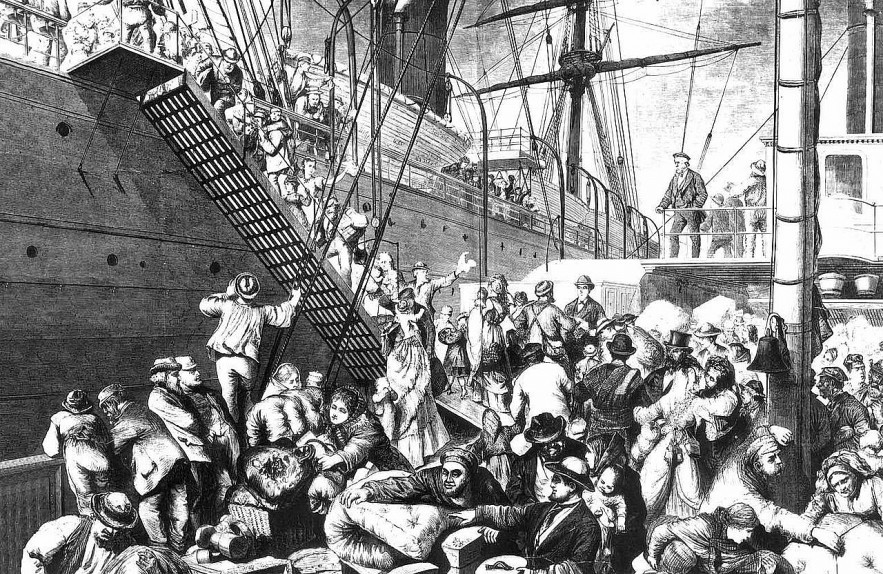 |
| Photo wikiwand |
27.5 million additional European immigrants arrived between 1865 and 1918, creating an unparalleled wave of immigration that served as both the labor force for the nation's rapidly expanding industrial and agricultural sectors and its population base for the majority of its rapidly urbanizing areas.
Building on new technologies (like the telegraph and steel), an expanding railroad network, and an abundance of natural resources (like coal, timber, oil, and farmland), the United States emerged as a major global industrial power by the late nineteenth century, ushering in the Second Industrial Revolution.
In addition, there were two significant wars. In 1898, the United States decisively defeated Spain, bringing with it an unexpected small empire. Both Cuba and the Philippines gained independence fast (in 1946). Both Puerto Rico and a few other smaller islands, as well as Alaska (which was acquired in 1867), were made permanent U.S. territories.
In 1898, the United States of America annexed the independent Republic of Hawaii as a territory. After failing to mediate a peace agreement for World War I, Germany launched a submarine campaign against American merchant ships that were supplying Germany's adversary nations. This prompted the United States to declare war on Germany.
Upholding American honor, subduing German militarism, and reshaping the postwar world were the declared objectives.
Following a delayed mobilization, the United States provided desperately needed funding, food, and millions of young, eager soldiers, all of which contributed to the Allied Forces' decisive victory.
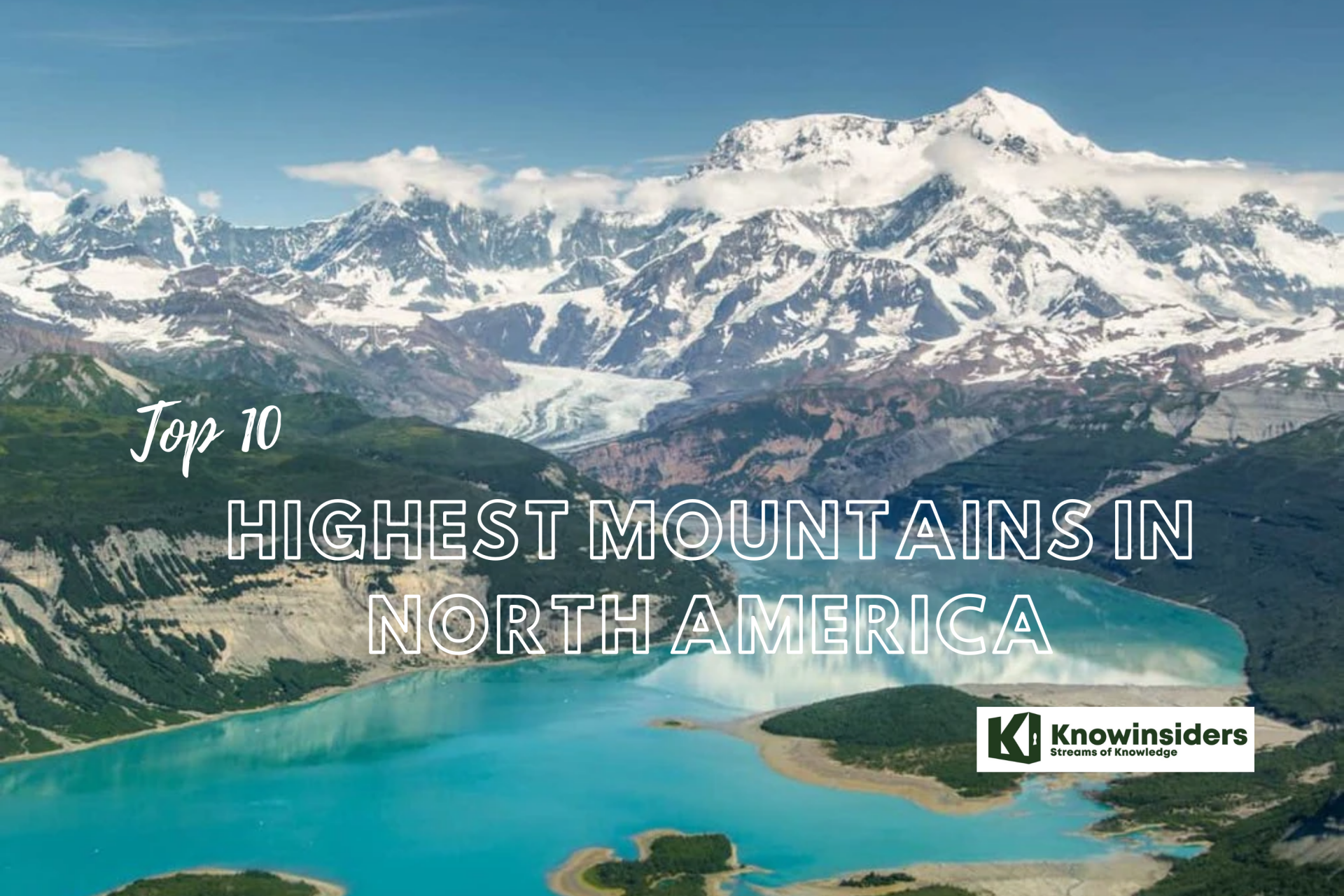 Top 10 Highest Mountains in North America Top 10 Highest Mountains in North America The mountain ranges of North America are mostly concentrated on the Western Side of the continent. Which are the 10 highest mountains in North America. ... |
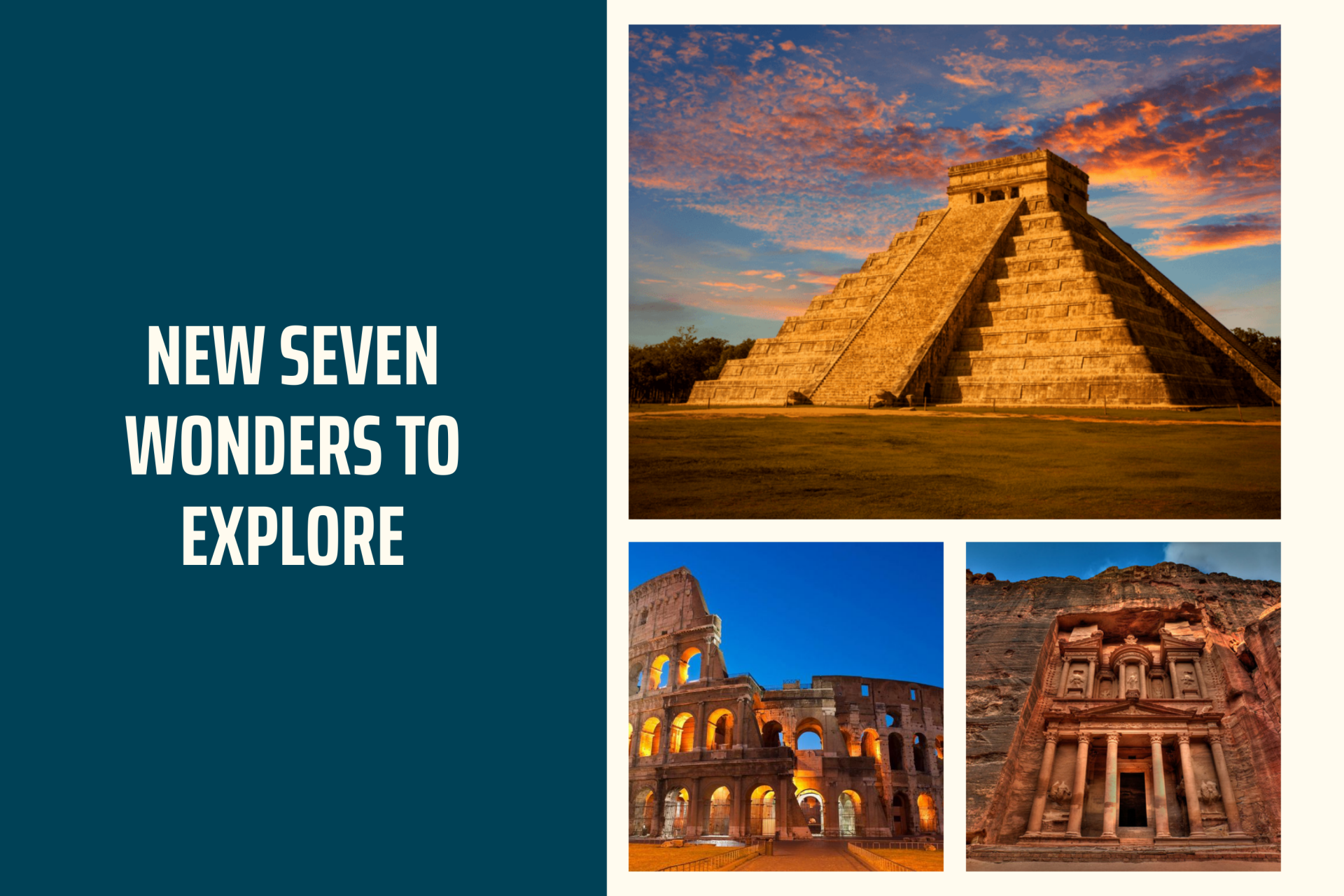 7 New Wonders Of The World to Explore Today 7 New Wonders Of The World to Explore Today The following list of the New Seven Wonders is presented without ranking and aims to represent global heritage. |
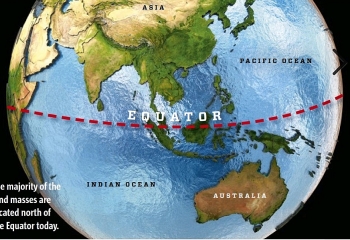 Why is Most Land Located on Earth's Northern Hemisphere? Why is Most Land Located on Earth's Northern Hemisphere? Some estimates suggest that the Northern Hemisphere is about 39.3% land, while the Southern half is only 19.1% land. Why? |



